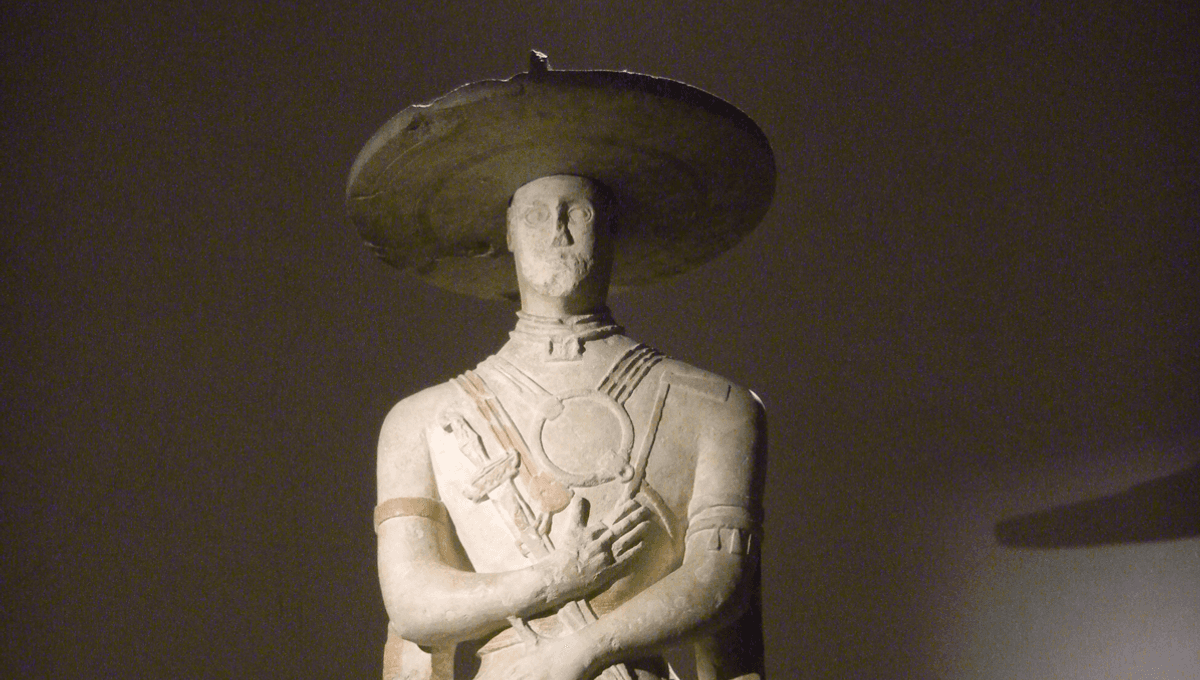
Long before the rise of Rome, the Italian peninsula teemed with several different cultures, one of the most intriguing being the Picene. A new genetic analysis has shed light on this often-overlooked civilization, uncovering surprising details about their people.
Scientists led by the Sapienza University of Rome analyzed ancient DNA from over 100 skeletons found in different necropolises of Central Italy covering a period of more than 1,000 years to create a “genomic portrait of the Picene culture”.
The Piceni, aka the Picentes, lived in the east-central Italian Penisuila between the ninth and third century BCE before becoming assimilated into the Roman Republic. Known for their warrior culture, Piceni graves were often richly adorned with swords, spears, and helmets, although the culture was also known for its beautiful and imaginative artworks.
The Picene culture was fairly distinct from other cultures of the Italic Iron Age, although there were some clear similarities – a pattern that is reflected in the population’s DNA.
“Genomic analysis of the Picene necropolises, the main one being that of Novilara, has shown that, although culturally distinct, this population shared a common genetic heritage with other contemporary cultures and in continuity with the previous Italic cultures,” Eugenia D’Atanasio, study author from the Institute of Molecular Biology and Pathology at the National Research Council in Rome, said in a statement.
However, the study also suggests that a surprisingly high proportion of Picene people had blue eyes (26.8 percent of the studied people) and blond hair color (22 percent), much higher than the current population of Italy and other ancient cultures from the region, like the Etruscans.
These traits were more common among the population that lived along the Adriatic coast, which faces the Balkans in the east, compared to the Tyrrhenian coast, which looks westwards towards the islands of Corsica and Sardinia.
The researchers believe these “peculiar characteristics” reflect a greater level of trade and movement of people between the Adriatic population with other parts of the Mediterranean, compared to the more isolated Tyrrhenian population.
“The Adriatic populations presented peculiar characteristics, linked to the continuous commercial and cultural exchanges across the Adriatic, reflecting a complex mosaic of interactions that shaped the Picene genetic pool differently from that of the Tyrrhenian populations”, explained D’Atanasio.
“This multidisciplinary study represents a crucial step in understanding the evolution of the gene pool of pre-Roman Italy, highlighting both the complexity of population movements and cultural exchanges that characterized ancient societies. The results open new perspectives on the demographic history of the entire peninsula, suggesting that a cosmopolitan society began to emerge and persisted in Italy during the Iron Age, reaching its peak during the Roman imperial era,” added Beniamino Trombetta, Professor of Human Genetics at Sapienza and scientific director of the project.
The new study is published in the journal Genome Biology.
Source Link: "Peculiar Characteristics" Of Pre-Roman Picene Civilization Revealed By Ancient DNA